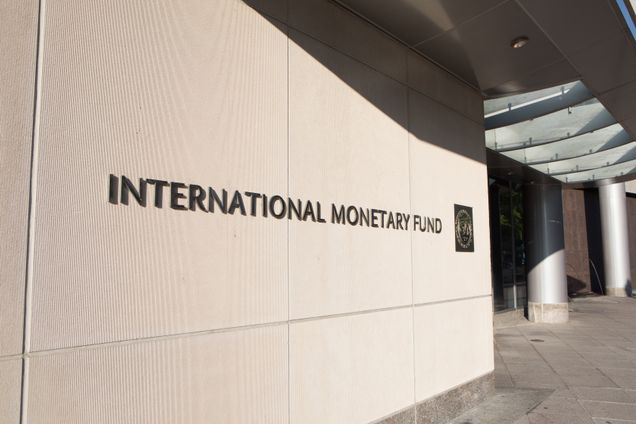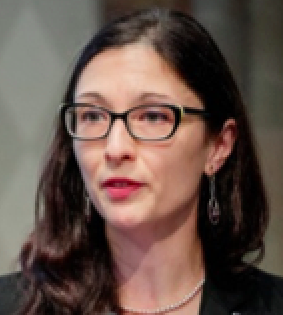Experts React – G20 Calls for a Resilience and Sustainability Trust at the IMF

In August, the International Monetary Fund (IMF) allocated $650 billion in Special Drawing Rights (SDRs), the international reserve asset of the IMF, to support liquidity and foster global economic resilience in the wake of COVID-19. To further these recovery efforts, a Resilience and Sustainability Trust (RST) was proposed, in part as a means of re-channeling SDRs to countries most in need. Currently, due to the IMF’s quota system, the SDRs will flow primarily to high- and some middle-income countries that don’t face the same liquidity challenges of other countries.
On Wednesday, October 13, the Group of 20 released a communique calling on the IMF to establish an RST to “provide affordable long-term financing to help low-income countries, small developing states, and vulnerable middle-income countries to reduce risks to prospective balance of payment stability, including those stemming from pandemics and climate change.”
As the IMF shapes this critical resource, what should it look like? How should it define eligibility, and what are mechanisms for sustained re-channeling of SDRs?
Members of the Task Force on Climate, Development and the International Monetary Fund, which recently published a policy brief on the topic, offer their expert reactions:
“The only way for developing countries to meet the climate challenge head on is if they have the access to timely and adequate funds as well as expertise. The IMF plans for the Resilience and Sustainability Trust will help the Global South address both the COVID-19 and growing climate challenges in multiple ways. They will facilitate not merely funds via the IMF but also facilitate flow through other channels.”
“The RST must preserve the spirit of national determination that is central to the Paris Agreement on climate change. This means that the RST must be a vehicle to reinforce and support national commitments to achieve climate and development goals. Onerous conditionalities would go against this spirit.”
“The establishment of the RST is a bold and swift act of multilateralism that can help address a major gap in the international financial architecture—balance of payments support for climate shocks and green transitions. It is paramount that the RST be up and running quickly in order to address the climate crisis, and that it not be laden with onerous conditions that will dampen demand for this urgently needed new facility.”
“The RST proposal marks a positive step towards increasing countries capacity to respond to climate change shocks by providing short term- financing together with longer-term financing for the investment needed for mitigation, adaptation and just transitions. The capacity to build resilience is not related to a country’s GDP level, or IMF programs, but rather to the degree of vulnerability of countries to climate change shocks. Hence, eligibility should be broad. Limiting access to countries with pre-existing IMF program will reduce its effectiveness in building resilience.”
“The proposed RST is a welcome initiative to support low- and middle-income countries vulnerable to transformational challenges. It should add to the Fund’s existing lending toolkit by providing longer-term financing at affordable terms. Wide consultations with stakeholders on the Trust’s objectives will contribute to the success of the initiative.”
Dig Deeper:
- Policy brief: Re-channeling Special Drawing Rights for a Climate Resilient and Just Transition: Prospects for a Resilience and Sustainability Trust
- Opinion piece in OECD Development Matters: Making Special Drawing Rights work for climate action and development
- Blog summary: How a Well-Designed Resilience and Sustainability Trust Could Foster Climate-Resilience Economies
- Report: Toward Development-Centered Climate Policy at the International Monetary Fund
For more on the Task Force on Climate, Development and the IMF, visit the homepage.






